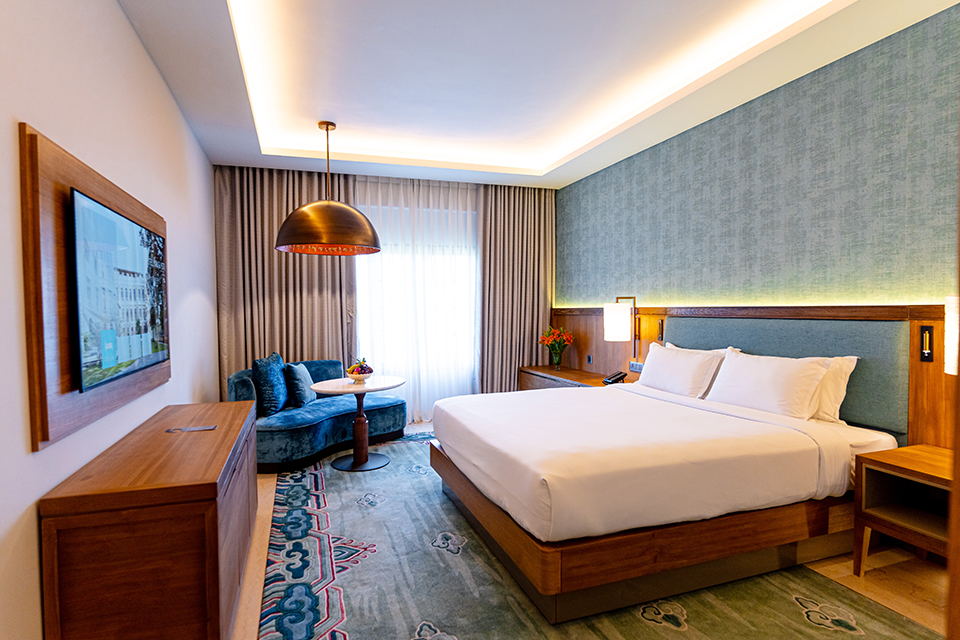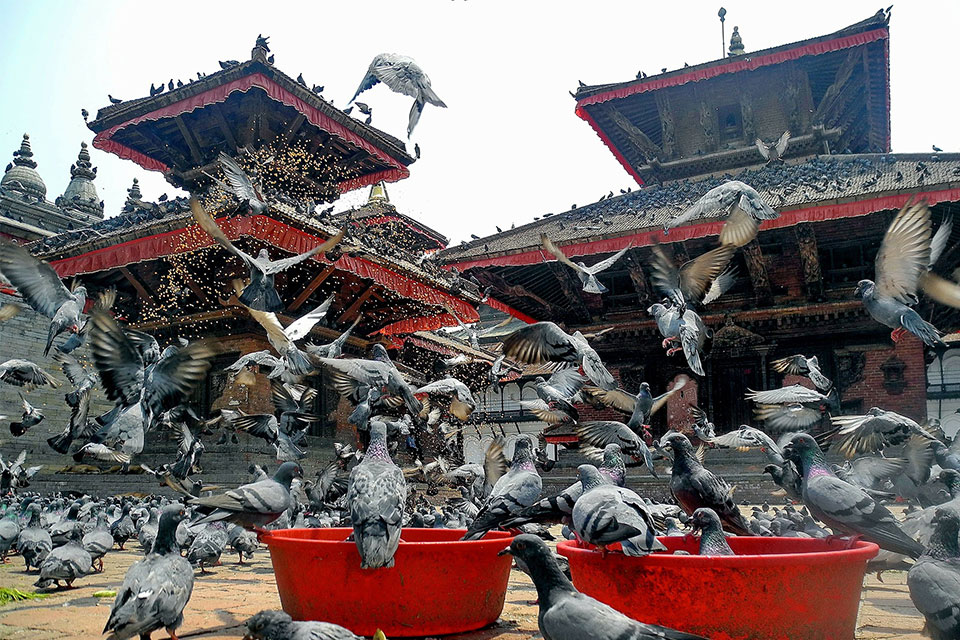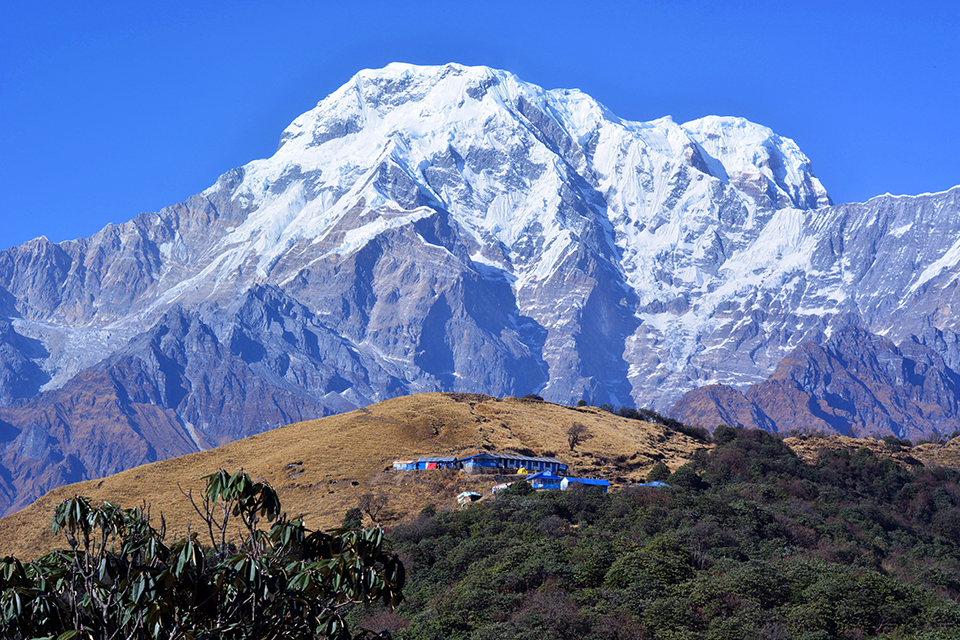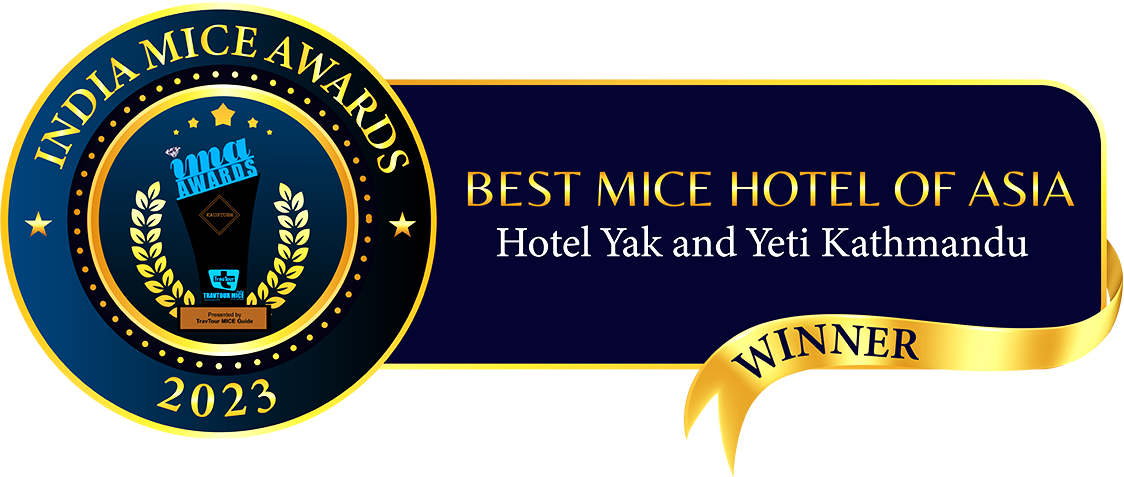Patan | City of Artisans
In the heart of Lalitpur district lays one of the masterpiece of the ancient period, the Patan Durbar Square. Listed in the UNESCO World Heritage site,s it is one of the main tourist attraction spots, as well as an important part of Nepalese history. Before the unification of Nepal, the palace was built by the Malla kings who were then the rulers of Lalitpur. The architectures found in the palace are from the 17th century. It has 136 courtyards and 55 major temples. The scholars say that Patan was a prosperous city from the ancient period itself. Newari residential houses are found around the Durbar which tells us that they have witnessed the history and have been preserving the identity of the palace. As you enter the Durbar you can see the square floors are tiled with red bricks. The 2015 earthquake damaged some of the parts of the palace which are now under construction.
Major attractions of the durbar square are the Krishna Mandir, Bhimsen Temple, Vishwnath Temple and Taleju Bhawani Temple. The most important temple in the Durbar is the Krishna Mandir. It is said that one night King Siddhi Narsingh Malla saw Lord Krishna and his beloved Radha standing in front of the royal palace which made him build the temple at the same spot. The temple holds 21 golden pinnacles and is three storied. The first floor has the symbols of Lord Krishna with Radha and Rukmini on each of his sides. During Krishnastami, thousands of hindu devotees are seen here. Bhimsen Temple is the known to symbolize Bhimsen who fought bravely during the Mahabharata. Dedicated to Lord Shiva the Vishwanath Temple symbolizes all the elements of Lord Shiva. Taleju Bhawani also known as the personal deity of the Mallas is a five storied temple and has great significance. You will also find a pond at the center of the palace where people enjoy sitting around. There are three main courtyards in the palace Mul Chowk, Sundari Chowk and Keshav Narayan Chowk.
Even after the devastating earthquake of 2015 the palace stands still keeping its identity alive. People love to visit the palace as it is a quiet yet vibrant place, where locals enjoy gathering. Inside the palace you can also visit the Patan museum restored by Austrian renovation architect Mueller. There is a tradition of choosing the Kumari i.e. living goddess among the Bajracharya and Shakya clan from the Newar community. They say that goddess Taleju is worshipped in the form of Kumari. Near the Durbar Square, you can walk to Mangal Bazar where you can see vendors lined up to sell local items that are used in various puja ceremonies. The bazar is an exciting place to walk around that will stimulate all your senses with sound, colour and a sense of hustle bustle. You will hear the vendors calling you to buy their products, the smell of some tasty street food and some unique shops. One must definitely try the Newari food that is found in this place. Bara, Chatamari, Yomari and many more Newari dishes are famous in this place.
Some of the famous restaurants around this place Honacha, The Inn Café, Raithaane, Patan Museum Café, Café De Temple and many more. The best thing that is heard in recent days is that the people of Patan have collected funds to reconstruct the Durbar and save its identity as they have been saving from years. Today if we visit the palace we can see the temples being covered because of the work going on. Still people find the place quite amusing and you can even see tourist hanging out in this place. Patan Durbar Square and the neighboring community is not being gentrified- Patan is beautiful in the evenings, it lights up fully with warm lights. One call also request to experience an alternative walking tour of Patan, by going to the Kathmandu Valley Preservation Trust, or reaching out to the Raithane team for you to understand the evolution and urbanization of a city that is now rapidly gentrifying and becoming a hub for airbnbs and homestays.
Website by: Curves n' Colors









